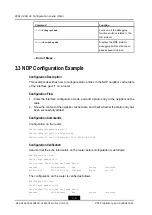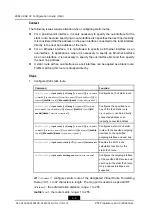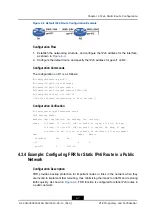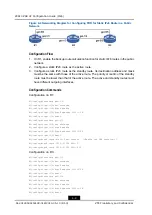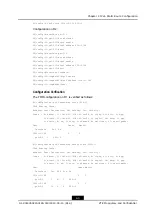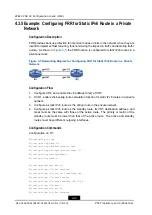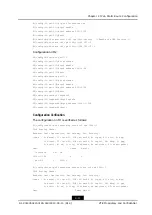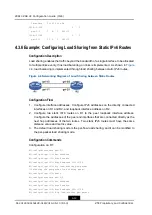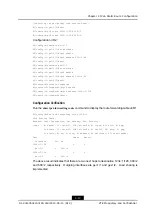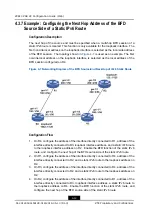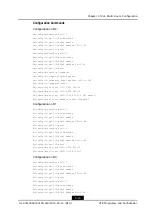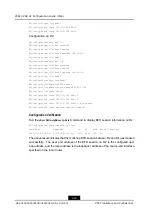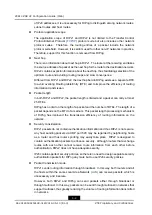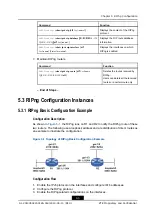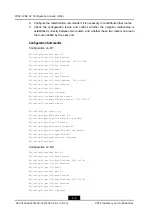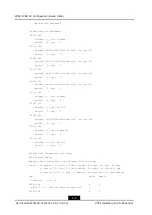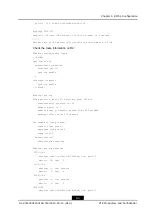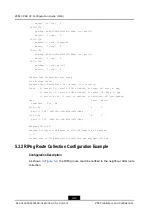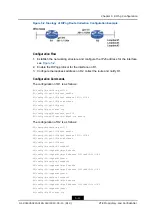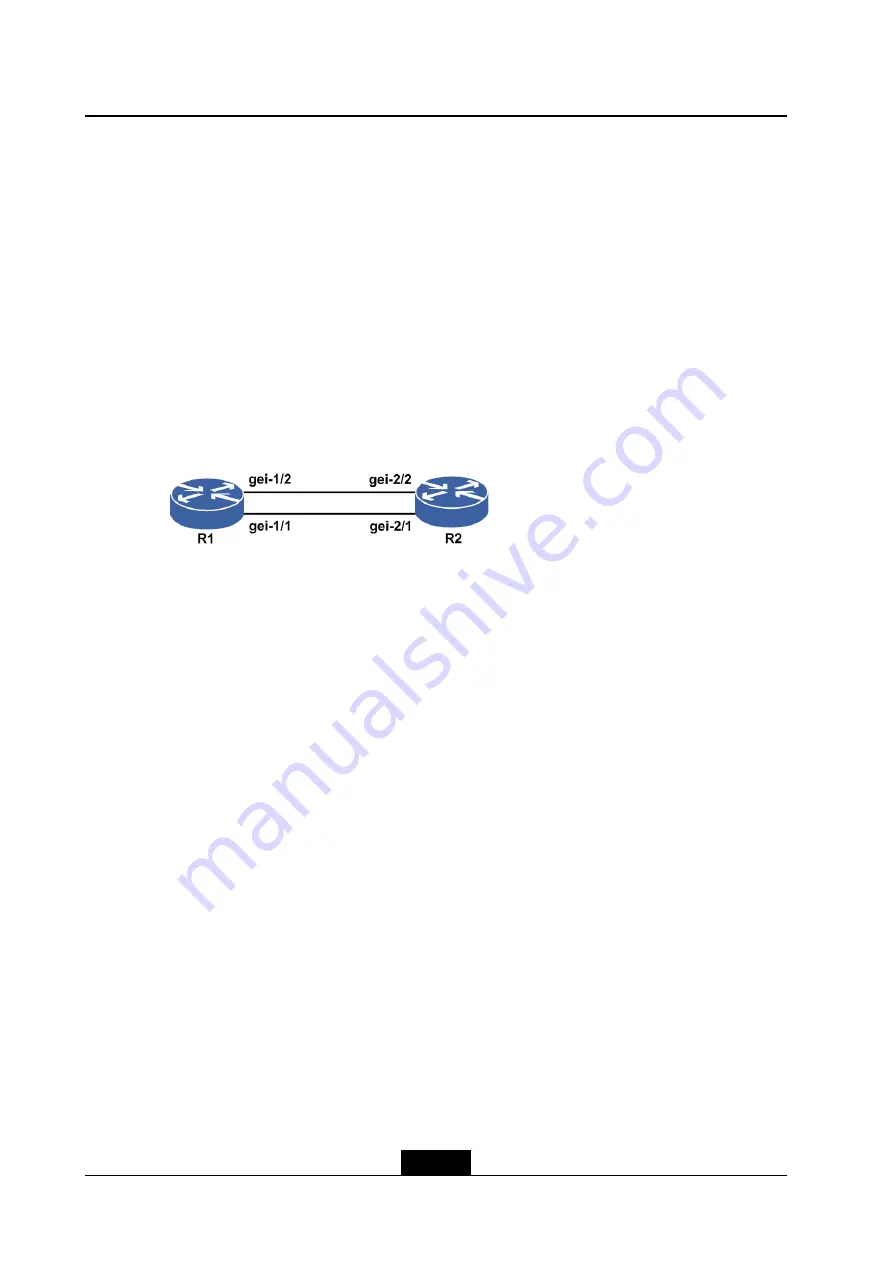
ZXR10 ZSR V2 Configuration Guide (IPv6)
Interface
Pri M/S Sta Gw
1234::1/128
S
0
gei-5/5
1
M
I
500::2
1234::1/128
S
0
gei-5/3
10
S
U
300::2
4.3.6 Example: Configuring Load Sharing from Static IPv6 Routes
Configuration Description
Load sharing enables the traffic beyond the bandwidth of a single interface to be allocated
to multiple links evenly, thus load balancing on links is implemented. As shown in
, load balancing is implemented through load sharing between static IPv6 routes.
Figure 4-6 Networking Diagram of Load Sharing between Static Routes
Configuration Flow
1.
Configure interface addresses. Configure IPv6 addresses on the directly connected
interfaces on R1 and R2, and loopback interface address on R2.
2.
Configure two static IPv6 routes on R1 to the peer loopback interface address.
Configure the addresses of the peer end interfaces that are connected directly as the
next hop addresses of the two routes. Two static IPv6 routes must have the same
distance value and metric value.
3.
The default load sharing mode is the per-flow load sharing, and it can be modified to
the per-packet load sharing mode.
Configuration Commands
Configuration on R1:
R1(config)#interface gei-1/1
R1(config-if-gei-1/1)#no shutdown
R1(config-if-gei-1/1)#ipv6 enable
R1(config-if-gei-1/1)#ipv6 address 300::1/56
R1(config-if-gei-1/1)#ip load-sharing per-packet
/*Selecting the per-packet load sharing mode*/
R1(config-if-gei-1/1)#exit
R1(config)#interface gei-1/2
R1(config-if-gei-1/2)#no shutdown
R1(config-if-gei-1/2)#ipv6 enable
R1(config-if-gei-1/2)#ipv6 address 500::1/56
R1(config-if-gei-1/2)# ip load-sharing per-packet
4-12
SJ-20140504150128-018|2014-05-10 (R1.0)
ZTE Proprietary and Confidential

